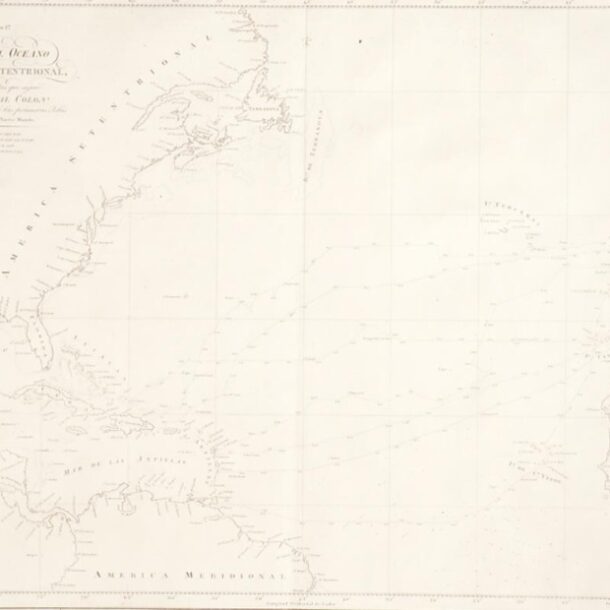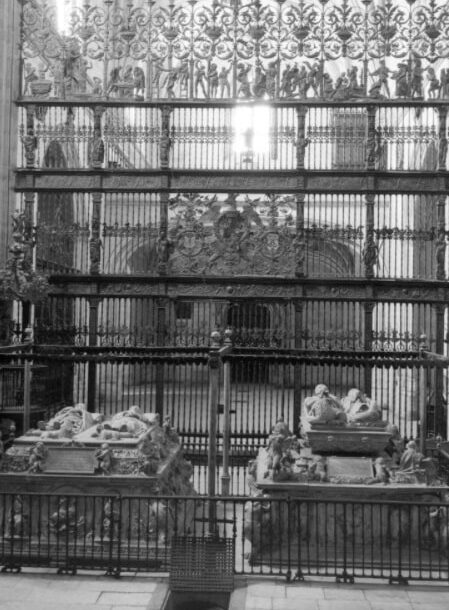
Christopher Columbus was a Genoese navigator famous for the discovery of the American continent. The navigational problems facing the Mediterranean, with a particular incidence of Turkish piracy, led him to propose an innovative solution to boost maritime trade, avoiding the plundering and African cabotage that would delay the venture. His solution was therefore to cross the ocean from the west to reach the Indies. The search for a patronage to finance the venture proved difficult from the outset. He first offered this idea to the Portuguese King John II between 1483 and 1485, who rejected it, and then offered his proposal to the Catholic Monarchs. Stifled by the War of Granada, the final resolution resulted in the Capitulations of Santa Fe, which granted him the title of admiral and viceroy (both hereditary) among others. Columbus set sail from Cabo de Palos (Huelva) on 3 August 1492, passing through the Canary Islands. Subsequently, the voyage culminated on 12 October with the arrival of the three ships, the Niña, the Pinta and the Santa María at Guanahani, an island in the Bahamas, which he christened El Salvador. From there he sailed to Hispaniola, now the Dominican Republic, unaware that he had arrived in a completely different land than he had ever imagined.
Collection: Images
Project: 9. Travels and travelers: economic, social and cultural connections.
Chronology: XV
Scope: Secondary Education
Resource type: Image
Format: Photograph
Source: Biblioteca Digital de la Universidad de Alcalá de Henares
Language: Spanish/English
Date: ca. 1500
Owner: Álvaro Romero González (Modernalia)
Identifier: ---
Copyright: Biblioteca Digital de la Universidad de Alcalá de Henares
Abstract: Recreation of one of the caravels with which Columbus travelled to America
Image
Tags






